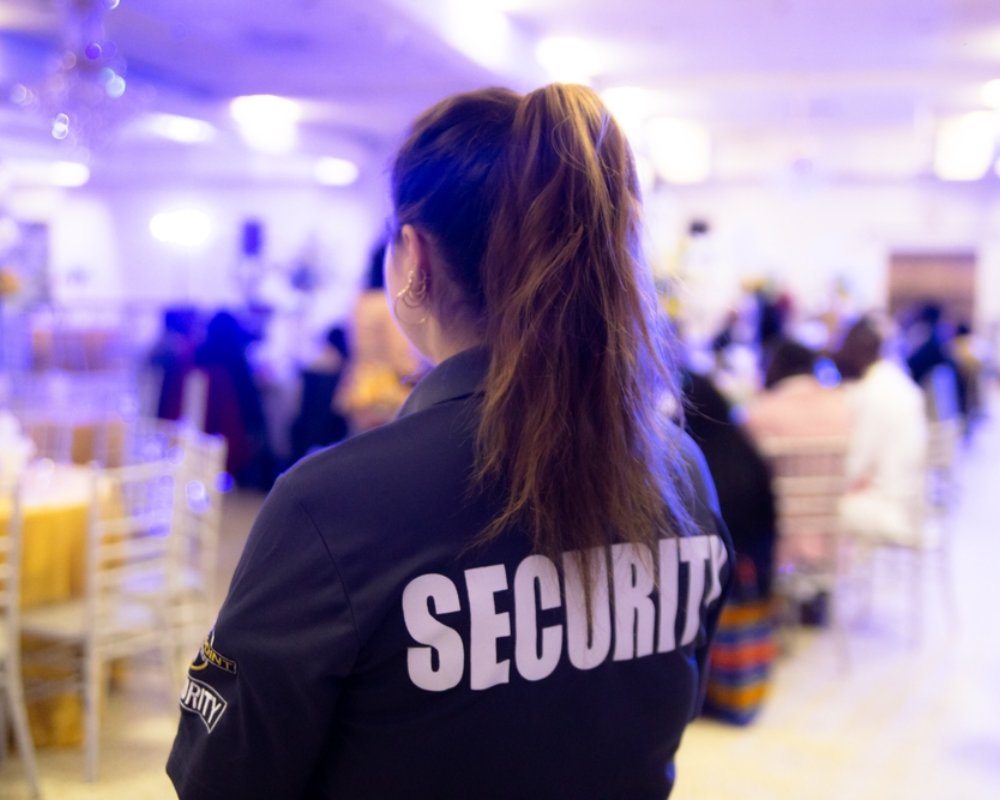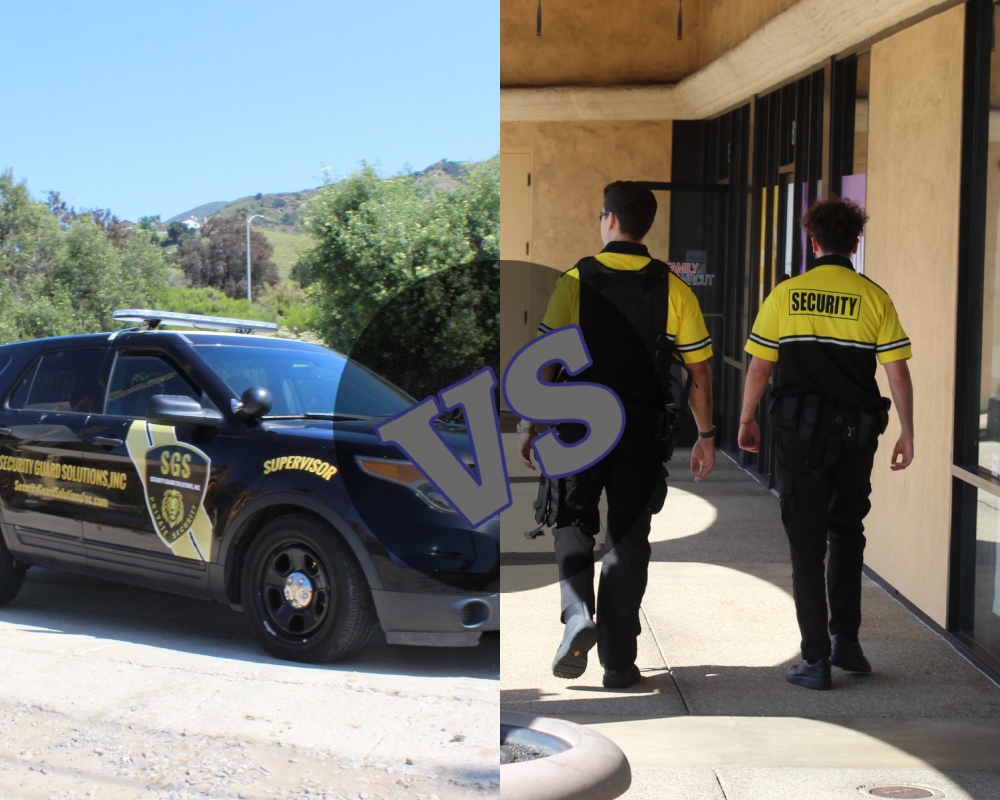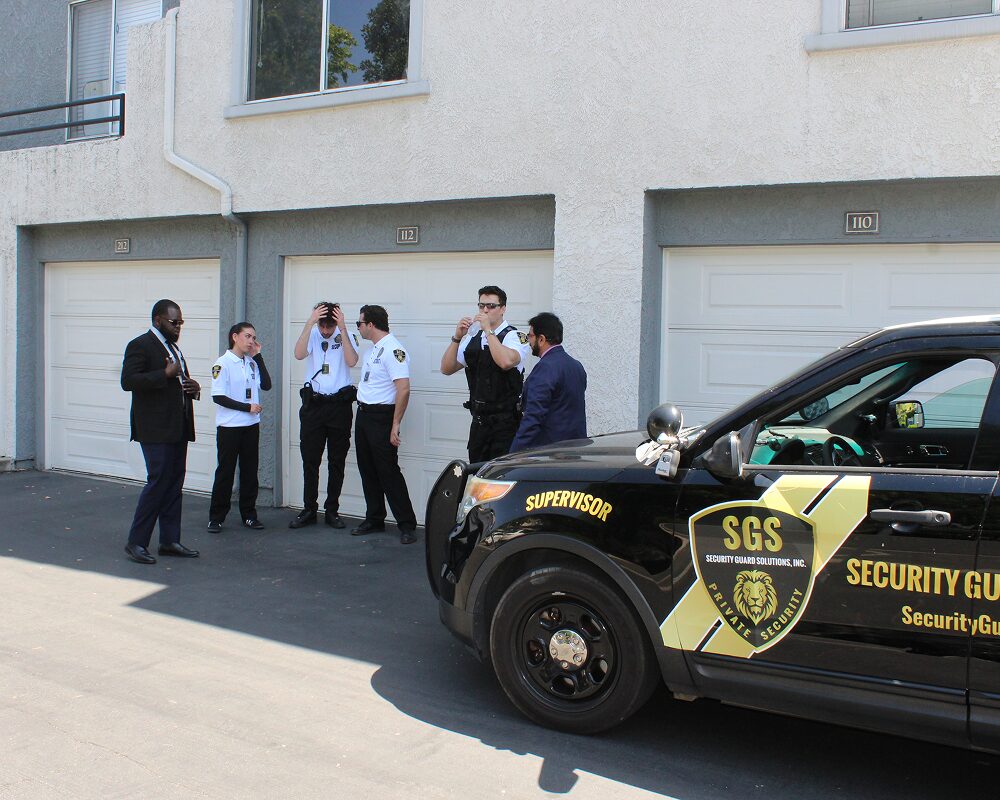The security challenges faced by restaurants are unique compared to other types of businesses. While the risk of theft of money or valuables is a concern, restaurants must also address a variety of other threats. So, ensuring the safety and well-being of their customers, staff, and premises is paramount. In this blog, we will discuss the specific security measures for restaurant safety that should be implemented to protect against these threats.
Physical Security
Physical security is one of the prime security measures for restaurant safety. It can be provided in the following ways:
Surveillance Cameras
- Placement: Install cameras at strategic points, such as entrances, exits, cash registers, and storage areas. Additionally, coverage should also include parking lots and the perimeter of the building.
- Quality: Use high-resolution cameras capable of capturing clear images in various lighting conditions. Furthermore, consider night vision capabilities for low-light areas.
- Monitoring: Ensure cameras are monitored in real-time by trained staff or a security service. Additionally, regularly review footage to identify and address potential security threats.
- Storage: Lastly, store video footage securely for a sufficient period, typically 30 days, in case it needs to be reviewed for investigations.
Lighting
- Interior Lighting: Keep dining areas, kitchens, and other interior spaces well-lit to deter theft and ensure visibility for staff and customers.
- Exterior Lighting: Install bright, consistent lighting around the building’s exterior, particularly in parking lots, entrances, and exits. Also, use motion-sensor lights in less frequented areas to save energy while enhancing security.
- Maintenance: Regularly check and maintain all lighting fixtures to ensure they are functioning properly. Furthermore, replace burnt-out bulbs and fix broken fixtures promptly.
Secure Entrances and Exits
- Locks: Use high-quality, temper-proof locks on all doors and windows. Moreover, deadbolts, electronic locks, and keyless entry systems can provide additional security.
- Access Control: Use access control systems to limit entry to authorized personnel only. Key cards, biometric scanners, or PIN codes can be used to control access to sensitive areas like offices and storage rooms.
- Alarms: Install alarm systems on all entry points, including doors and windows. Moreover, these alarms should be connected to a central monitoring system that alerts authorities in case of unauthorized access or break-ins.
- Monitoring Access: Keep logs of who enters and exits sensitive areas. Regularly review these logs to detect any unauthorized access attempts.
- Physical Barriers: Implement physical barriers such as locked doors and secure cabinets to further restrict access to sensitive areas.
Employee Training and Policies
Background Checks
- Pre-employment Screening: Conduct comprehensive background checks on all potential employees before hiring. This should include verifying employment history, checking criminal records, and confirming education and qualifications.
- Reference Checks: Contact previous employers and references to gain insights into the candidate’s work ethic, reliability, and character.
- Consistency: Also apply the same background check process uniformly to all candidates to ensure fairness, compliance with legal standards, and top-rated security measures for restaurant safety.
Security Training
- Emergency Procedures: Train employees on how to respond to various emergencies, including fires, medical incidents, and security threats. Additionally, regularly conduct drills to ensure they are familiar with evacuation routes and procedures.
- Suspicious Activities: Educate staff on recognizing and reporting suspicious behavior or activities. Moreover, encourage vigilance and provide clear instructions on how to report concerns.
- Customer Interaction: Teach employees how to handle difficult situations with customers, such as disputes or disruptive behavior, in a calm and professional manner.
- Regular Updates: Moreover, keep training programs up to date with the latest security for restaurants protocols and conduct refresher courses periodically to reinforce key concepts.
Cash Handling Procedures
- Standard Operating Procedures (SOPs): Establish clear guidelines for cash handling, including counting, transporting, and depositing cash. Furthermore, ensure all employees involved in cash handling are thoroughly trained in these procedures.
- Bank Deposits: Schedule regular bank deposits to ensure large amounts of cash are not kept on the premises overnight. Use secure transport methods and consider varying deposit times to avoid predictability.
- Audits and Reconciliations: Conduct regular audits and reconciliations of cash registers and financial records to detect discrepancies. Moreover, promptly investigate and resolve any irregularities.
Employing Security Guards
Employing guards for your restaurant can be an ideal initiative. Guards can take various security measures for restaurant safety and ensure the provision of safe and sound services.
Deterrence
- Visible Presence: The mere presence of security guards can prevent potential criminals and troublemakers from targeting the restaurant.
- Patrols: Furthermore, regular patrols by security guards can discourage loitering, vandalism, and other unwanted activities in and around the premises.
Immediate Response
- Emergency Handling: Security guards are trained to respond quickly and efficiently to emergencies such as fights, medical incidents, or fire alarms. Their presence ensures there is a first responder on-site.
- Incident Management: In the event of a security breach or suspicious activity, security guards can take immediate action to control the situation, hence minimizing potential harm or loss.
Customer and Employee Safety
- Conflict Resolution: Security guards can manage and de-escalate conflicts among customers or between customers and staff, thus ensuring a safe and pleasant dining environment.
- Escort Services: They can escort employees and customers to their cars, particularly during late hours, securing their safety.
Parameter Control
- Monitoring Entrances: Security guards can monitor and control access to the restaurant, ensuring only authorized individuals enter sensitive areas such as back offices or storage rooms.
- ID Verification: They can verify the identity of delivery personnel, contractors, and other visitors to prevent unauthorized access.
- Patrol Logs: They can maintain detailed logs of their patrols and any incidents, providing valuable data for security audits and investigations.
Loss Prevention
- Theft Prevention: Security guards can deter and detect theft by monitoring customers and employees, conducting bag checks, and ensuring adherence to security protocols.
- Inventory Security: They can oversee the receipt and storage of inventory, assuring that all items are properly accounted for and secured.
Customer Service
- Information and Assistance: Security guards can assist customers with directions, information, and other needs, enhancing the overall customer experience.
- Emergency Aid: In case of a medical emergency, many security guards are trained in first aid and can provide immediate assistance until professional help arrives.
Integration with Technology
- Surveillance Systems: Security guards can effectively operate and monitor advanced surveillance systems, hence confirming that any suspicious activities are promptly identified and addressed.
- Alarm Systems: They can respond to alarm activations, verify the cause, and take appropriate action, whether it’s a false alarm or a genuine threat.
Risk Assessment
- Vulnerability Identification: Security guards can conduct regular risk assessments to identify potential security vulnerabilities and recommend improvements.
- Security Drills: They can help plan and execute security drills, thus ensuring that all staff members are prepared for various emergency scenarios.
Addressing Alcohol-Related and Health & Safety Risks
Alcohol-Related Incidents
- Responsible Alcohol Service: Ensure that all bar staff and waiters complete the TIPS (Training for Intervention Procedures) program. As, this training educates staff on the legal and responsible service of alcohol, including how to cut off service to drunk customers and verify IDs.
- Cutting Off Service: Equip staff with techniques for politely and effectively cutting off service to intoxicated customers, while offering non-alcoholic alternatives, suggesting food, and explaining the legal reasons for the decision.
- Monitoring and Reporting: Train staff to recognize signs of intoxication, such as slurred speech or impaired coordination, and to report any concerns to management immediately. Additionally, implement a system where staff can discreetly alert each other to potential issues.
Health and Safety Risks
- Food Safety Training: By ensuring all kitchen and service staff are trained in food safety protocols, including proper food handling, storage, and preparation techniques to prevent foodborne illnesses, owners are implementing vital security measures for restaurant safety.
- Sanitation Protocols: Follow strict sanitation protocols for cleaning and disinfecting surfaces, utensils, and equipment. Moreover, regularly inspect restrooms, dining areas, and kitchen spaces to ensure they meet health standards.
- Health Monitoring: Encourage staff to monitor their health and report any symptoms of illness. Furthermore, implement policies that allow sick employees to stay home without penalty to prevent the spread of illness.
- First Aid Readiness: Also, keep a well-stocked first aid kit accessible and ensure that several staff members are trained in basic first aid and CPR. This ensures quick response in case of any health-related incidents.








